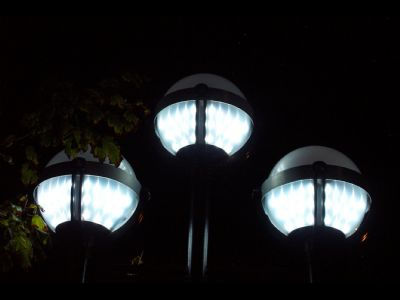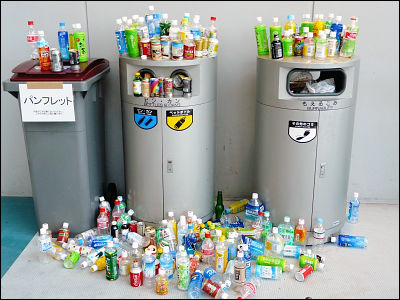Pointed out that ``carbon credits'' that trade greenhouse gas emission rights due to overestimation of forest protection are being excessively generated

Action needed to make carbon offsets from forest conservation work for climate change mitigation |
https://www.science.org/doi/10.1126/science.ade3535

Millions of carbon credits are generated by overestimating forest preservation
https://www.cam.ac.uk/stories/carbon-credits-hot-air
It is difficult for companies to reduce greenhouse gas emissions while maintaining economic profits, but by purchasing carbon credits generated by other companies and organizations, they can offset their own greenhouse gas emissions. can do. In recent years, when investors have come to attach importance to sustainable management, achieving net zero greenhouse gas emissions is of great significance from the perspective of corporate PR. An increasing number of companies are achieving net zero by purchasing .
One of the measures to generate such carbon credits is ' REDD+ ', in which developed countries provide economic support to developing countries if they control deforestation and forest degradation and maintain or reduce greenhouse gas emissions. There is a thing called. By trading the greenhouse gas emissions reduced by REDD + as carbon credits, the parties implementing REDD + can benefit from forest protection.
The carbon credit market has expanded rapidly in recent years, and by 2021, more than 150 million tons of credits will be generated from voluntary REDD+ projects, worth $1.3 billion (about 190 billion yen). the team said. According to the research team, some companies have done little to reduce their own greenhouse gas emissions, but by buying carbon credits they can offset their own emissions and reach 'net zero.' He claims he has achieved it.

The carbon credits generated by REDD+ are calculated based on ``the loss of trees that would have occurred without the REDD+ project and the amount of greenhouse gases emitted as a result''. However, in many cases this calculation is too simple, and sometimes it is arbitrarily distorted.
Therefore, a research team led by Professor Andreas Contreon of Cambridge University's Department of Land Economics examined 18 REDD + projects conducted in Peru, Colombia, Cambodia, Tanzania, and the Democratic Republic of the Congo. The research team says that they identified forest areas with similar land and forest rates, soil fertility, surrounding industries, deforestation records, etc. where REDD + was implemented, and measured the effect of the REDD + project.
Of the 18 REDD+ projects analyzed, only 1 underestimated deforestation rates, only 1 correctly assessed deforestation rates, and the remaining 16 projects overestimated deforestation rates. I understand that it is. Of the 89 million tonnes of credits expected to be generated by these REDD+ projects from project inception to 2020, approximately 68%, or 60 million tonnes of credits, came from projects that did little to reduce deforestation. , It seems that the remaining 32% have not achieved as much as the project developers claim.
When the researchers substituted the level of deforestation projected for each REDD+ project with the level of deforestation in the comparison area, the REDD+ projects actually reduced greenhouse gas emissions by only 5.4 million tonnes. . This suggests that by 2020, only 6% of the carbon credits generated by these REDD+ projects will be effective in practice. As of November 2021, at least 14.6 million tons of the carbon credits issued by these REDD+ projects have been purchased, and from the perspective of reducing emissions, a ``deficit'' has already occurred. will be

The research team points out that a problem with the carbon credit market in recent years is that the reality of carbon credits has become an opaque ``
“Carbon credits give major polluters a veneer of ‘climate credential,’” says Contreon. This means companies can tick the net-zero at the lowest possible cost.”
The reasons why the carbon credit market is distorted are that ``the historical data used to calculate carbon credits is inaccurate,'' ``the projects tend to be implemented in places that are already easy to protect forests,'' and ``the certification takes time. It is difficult to respond to changes in deforestation rates, and it is easy for calculations to be distorted to maximize profits from carbon credits.
“There are perverse incentives to issue huge amounts of carbon credits, and the current market is essentially unregulated,” Contreon said. We need to work on closing the loopholes that allow us to do so.To become a credible market, we need to develop much more sophisticated and transparent methods of quantifying the amount of reserve forest.”

Related Posts:
in Science, Posted by log1h_ik







